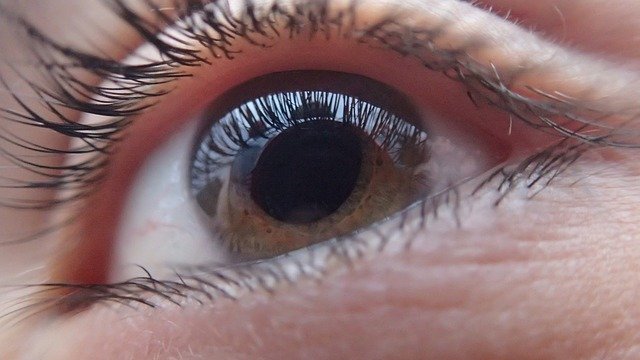When reading or doing close work, a child’s eyes must turn in together (converge) for the words to be clear and single. This usually happens naturally. But for some children, the eyes do not turn in easily. As a result, extra effort must be used to force the eyes to converge, causing a number of symptoms such as eyestrain, headaches, loss of place, inability to concentrate and double vision.
Enhance Reading with Vision Therapy
Despite being a common vision problem in school-age children, convergence insufficiency has no obvious sign and frequently goes undetected in routine eyesight tests and/or standard school screenings. That is because a child can pass the 20/20 eye chart test and still have convergence insufficiency. However, for the visual system to function properly, we must use our two eyes together in a very precise and coordinated manner – an ability referred to as eye teaming or eye coordination.
Children, teenagers and adults who remain undiagnosed and untreated tend to avoid reading and close work as much as possible or use various strategies to combat symptoms, such as using a ruler to keep one’s place while reading or taking frequent breaks. The good news is that convergence insufficiency can be diagnosed by a comprehensive vision skills assessment and effectively treated through an individually designed vision therapy program.
In 2005, a 12-week, multi-site randomised clinical trial supported by the U.S. National Eye Institute [1] resulted in evidence to suggest that the best treatment for convergence insufficiency is supervised vision therapy in a clinical office along with home reinforcement. The scientific study included children aged 9 to 18 and showed that approximately 75% of those who received in-office therapy by a trained vision therapist and at-home treatment reported fewer and less severe symptoms related to reading and other near work. A later study, published in 2012, confirmed that orthoptic exercises led to longstanding improvements of convergence insufficiency symptoms in both adults and children [2].
The Convergence Insufficiency Treatment Trial also showed that 45% of children with convergence insufficiency reported attention problems. This potential link between convergence insufficiency and attention disorders has important practical implications for educators, psychologists, and other health professionals involved in the diagnosis and treatment of attention deficit hyperactivity disorder (ADHD).
For more information on learning-related vision problems, please watch Dr. Vicky Vandervort’s inspiring TED Talk. It is an encouraging video for parents, educators, and anyone who may know a child presenting symptoms related to convergence insufficiency.
[1] Scheiman M, Mitchell GL, Cotter S, Cooper J, Kulp M, Rouse M, Borsting E, London R, Wensveen J; Convergence Insufficiency Treatment Trial Study Group. “A randomized clinical trial of treatments for convergence insufficiency in children.” Arch Ophthalmol. 2005 Jan;123(1):14-24.
[2] Matti Westman; M. Johanna Liinamaa (May 2012). “Relief of asthenopic symptoms with orthoptic exercises in convergence insufficiency is achieved in both adults and children”. Journal of Optometry 5 (2). pp. 62–67.







